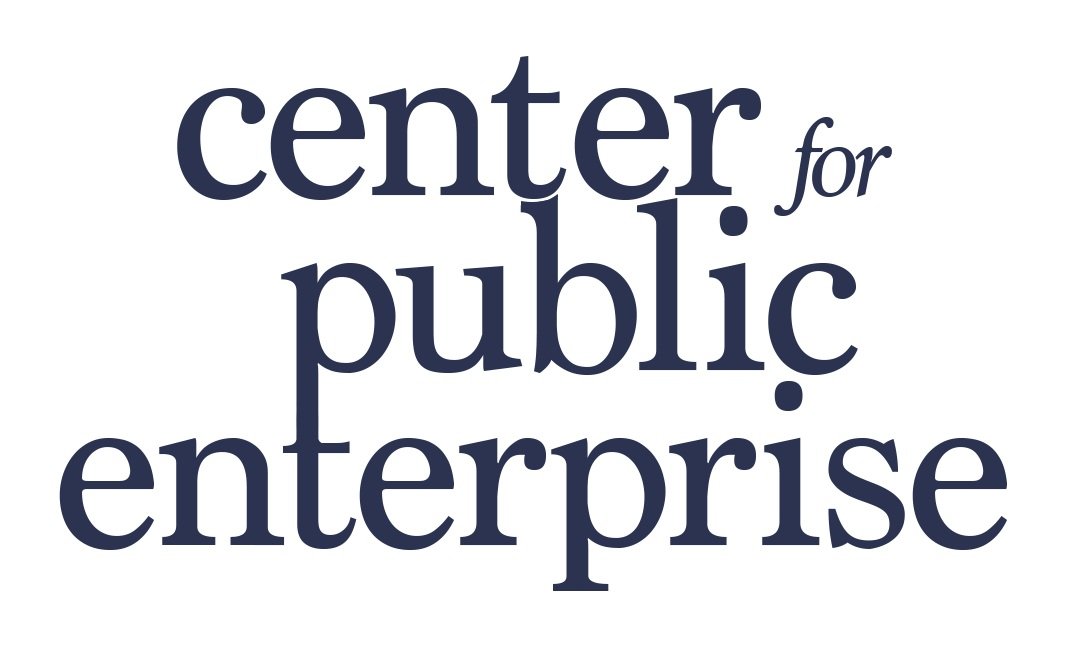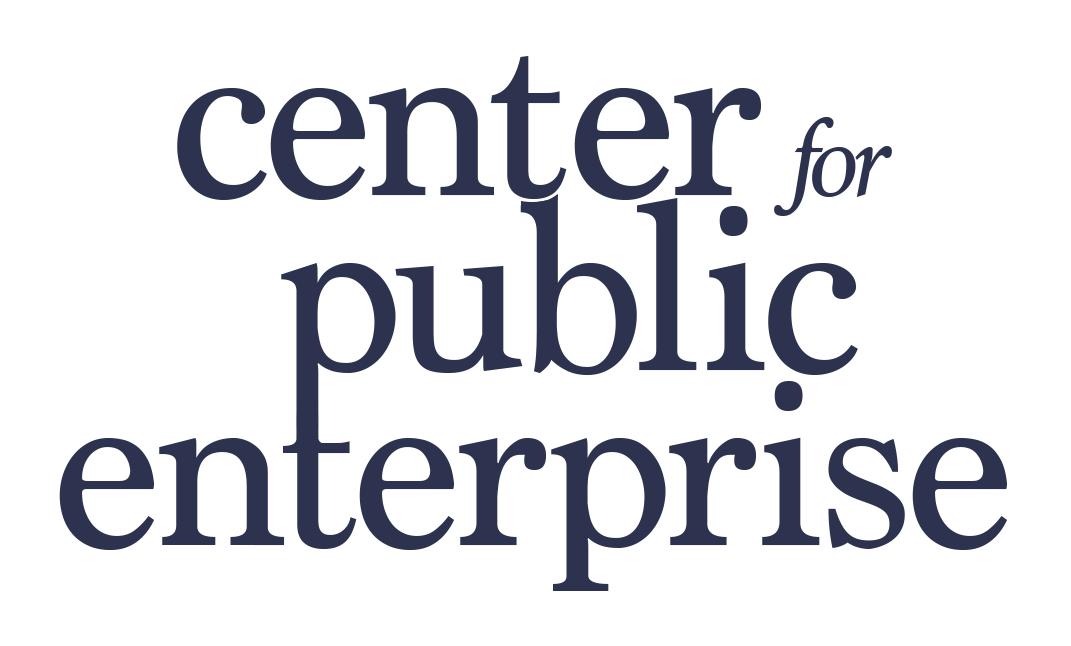CPE Elective Pay Model
Full Report (pdf)
Financial Model (xlsx)
The CPE Elective Pay Model is a tool developed in-house to help understand the financial considerations public utilities and other public agencies might face when making an elective pay investment in clean energy assets. Included here is report detailing the model, its assumptions, and results, a simulator tool (below) comparing tradeoff scenarios for the primary clean energy tax credits (Investment Tax Credit and Production Tax Credit), and the financial model itself.
The report describes the operations of the model by detailing the assumptions behind its inputs and outputs. It grounds users in the ways that elective pay tax credits change the financing landscape for the public development of energy and how to interpret the specific financial metrics which it generates. In addition to describing the operation and output of the model, this report uses it to make several conclusions about public energy development in the context of a direct pay tax credit regime. Under the model’s baseline assumptions, CPE concludes that:
Elective pay increases the viability of public energy generation—even with the penalty on tax-exempt debt. Without elective pay, publicly owned and operated generation would require significantly higher revenues and debt service expenditures, placing it at permanent disadvantage relative to private projects capable of accessing tax credits.
Public power can survive under hard-budget constraints (i.e., any expenditures by the state can be repaid in full) if given the flexibility to set its own prices and negotiate purchase arrangements with potential customers.
Public power can build significant cash reserves to undertake future investment, to stabilize rates, and/or to cross-subsidize the operation of other public power projects in the state’s broader energy mix.
Public power faces qualitatively different “hurdle rates” than private projects do, limiting the utility of apples-to-apples comparisons between public and private development. Public power projects need assurances that the investment can be carried out and produce the results (capacity, revenue, etc.) necessary to ensure the project can meet operations requirements, such as: a specific rate of return, revenues sufficient to meet debt service or cost, and/or the delivery of a particular service (e.g., spare capacity for local grids).
The Inflation Reduction Act creates opportunities for public power to expand rapidly using a combination of municipal debt and tax credit equity to seed a “revolving fund” that could quickly and sustainably finance new generation assets.
Interested parties such as public agencies or research and advocacy organizations should feel free to reach out with any questions or comments. You can get in touch with us on our contact page here.
Read the complete report (pdf) | Download the financial model (xlsx)

